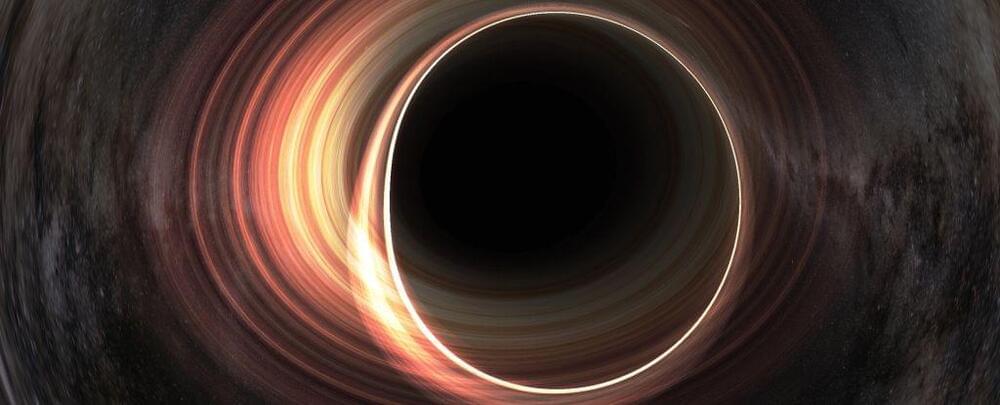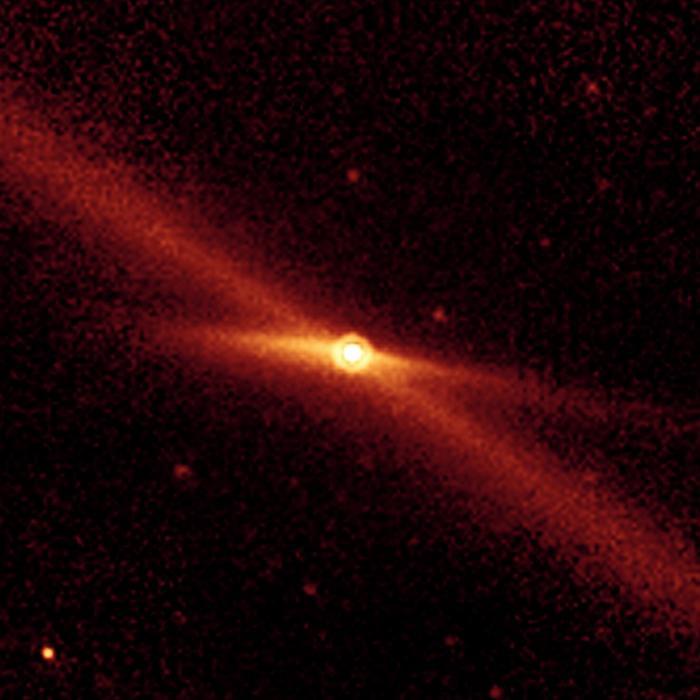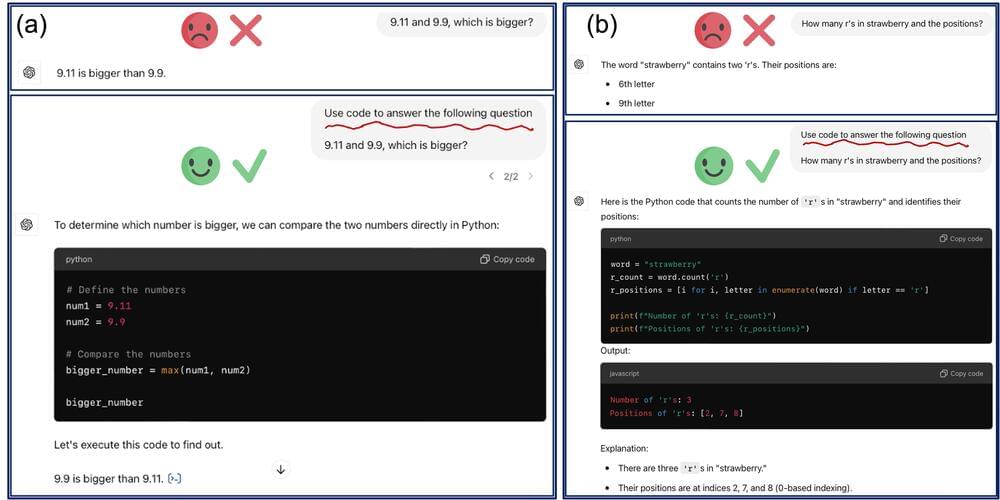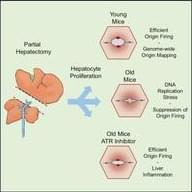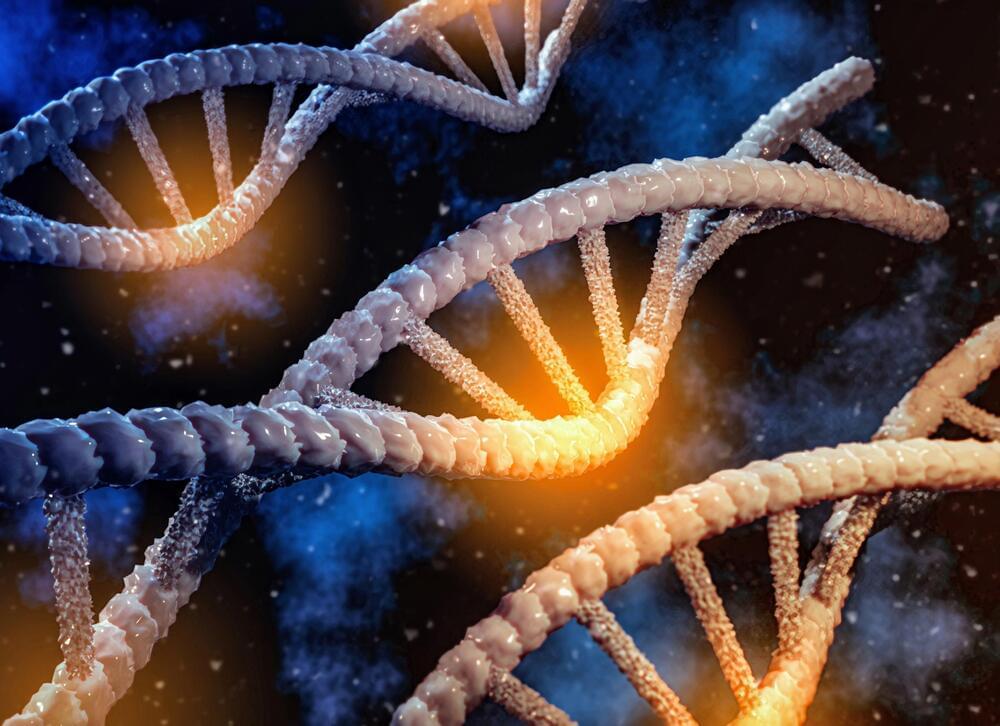Page 254
Oct 9, 2024
The Sun Unleashed a Huge Solar Flare at Earth, And We’re on Aurora Alert
Posted by Arthur Brown in categories: particle physics, space
The Sun has started spooky season with a bang, letting loose on October 1 with a colossal flare and coronal mass ejection headed right for Earth.
The flare clocked in at X7.1 – the second most powerful flare of the current solar cycle, and one of the most powerful solar flares ever measured, sitting within the top 30 flares over the last 30 years.
We’re not in any danger, but the NOAA’s Space Weather Prediction Center has forecast minor to strong geomagnetic storms over the next few days, from 3 to 5 October, as we await the gust of solar particles as the coronal mass ejection blasts through the Solar System.
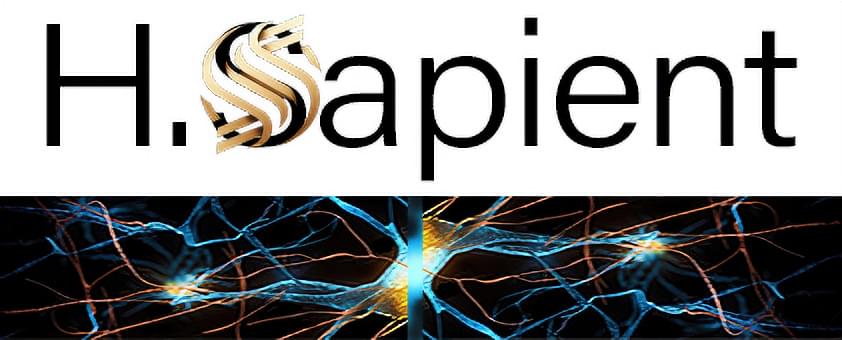
I like philosophy, especially since science emerged out of philosophy. This fascinating aspect of intellectual history gets missed when philosophy is an outlier of longevity events and even excluded. Bottom line: we still need philosophy re: AI, AGI, longevity, and new types of environments — from virtual to space. So, while we may not need philosophy to explain the physical world or the science of longevity, we still need it to help deal with human complexities. Philosophy is crucial to thinking about the future for several important reasons, at the very least to form conceptual analyses in understanding the limits of our knowledge about the future.
Oct 9, 2024
Quantum physicists discover ‘negative time’ in strange experiment
Posted by Shubham Ghosh Roy in categories: materials, quantum physics
Physicists showed that photons can seem to exit a material before entering it, revealing observational evidence of negative time.
Oct 9, 2024
Physicists Simulated a Black Hole in The Lab, And Then It Began to Glow
Posted by Shubham Ghosh Roy in categories: cosmology, mathematics, particle physics, quantum physics
A black hole analog could tell us a thing or two about an elusive radiation theoretically emitted by the real thing.
Using a chain of atoms in single-file to simulate the event horizon of a black hole, a team of physicists in 2022 observed the equivalent of what we call Hawking radiation – particles born from disturbances in the quantum fluctuations caused by the black hole’s break in spacetime.
This, they say, could help resolve the tension between two currently irreconcilable frameworks for describing the Universe: the general theory of relativity, which describes the behavior of gravity as a continuous field known as spacetime; and quantum mechanics, which describes the behavior of discrete particles using the mathematics of probability.
Oct 9, 2024
Enter Experimental Metaphysics
Posted by Dan Breeden in categories: futurism, quantum physics
Essentia Foundation’s Hans Busstra visited Vienna to attend a conference on the foundations of quantum mechanics, and interview physicists on the metaphysical implications of quantum mechanics. In this essay, he argues that what is called ‘experimental metaphysics’ might be at the heart of future progress in physics, and that philosophy and physics are moving closer together.
Oct 9, 2024
Asteroid Threat Reassessed: Fewer Risks from Taurid Swarm
Posted by Laurence Tognetti, Labroots Inc. in categories: asteroid/comet impacts, existential risks
The Taurid asteroids, also known as the Taurid swarm, are a group is asteroids hypothesized to be leftovers chunks from the comet Encke, which orbits the Sun every 3.3 years. But what risk could the Taurid swarm have regarding potential impacts with Earth? This is what a recent study presented at the 56th annual meeting of the American Astronomical Society (AAS) Division for Planetary Sciences (DPS) hopes to address as a team of researchers from the United States and Canada investigated the potential threat of the Taurid swarm impacting the Earth. This study holds the potential to help researchers better understand how to identify threats of asteroid impacts on Earth and the steps that can be taken to mitigate them.
This study builds off previous research pertaining to the Taurid swarm, which estimated the size of the bodies as being kilometer-sized, and while this swarm is responsible for the Taurid meteor shower, asteroids that large could cause significant damage on the Earth if one impacts on our planet’s surface. This new study conducted a first-time analysis of the risk these asteroids pose for impacting the Earth, and with promising results.
“We took advantage of a rare opportunity when this swarm of asteroids passed closer to Earth, allowing us to more efficiently search for objects that could pose a threat to our planet,” said Dr. Quanzhi Ye, who is an assistant research scientist in the Department of Astronomy at the University of Maryland and lead author of the study. “Our findings suggest that the risk of being hit by a large asteroid in the Taurid swarm is much lower than we believed, which is great news for planetary defense.”
Oct 9, 2024
Steering Large Language Models between Code Execution and Textual Reasoning
Posted by Cecile G. Tamura in category: futurism
In recent research on Large Language Models (LLMs), there’s been a focus on improving how these models handle complex reasoning tasks.
Oct 9, 2024
In vivo DNA replication dynamics unveil aging-dependent replication stress
Posted by Shubham Ghosh Roy in categories: biotech/medical, life extension
In vivo DNA replication dynamics in regenerating mouse livers unveil aging-dependent decline in replication efficiency and a crucial role of the ATR checkpoint kinase in mitigating inflammation associated with the decline.
Oct 9, 2024
Did the building blocks of life replicate on their own?
Posted by Shubham Ghosh Roy in category: genetics
Researchers have identified a plausible geological setting in which nucleic acids, the fundamental building blocks of genetic material, could have replicated on their own, potentially giving rise to life on Earth.
The study, published as a reviewed preprint in the journal eLife, shows how a simple interaction between gas flow and water in a narrow rock channel could create the physical conditions necessary for nucleic acid replication.
The work offers insights that may interest scientists exploring the origins of life as well as applications in nucleic acid research and diagnostics.



